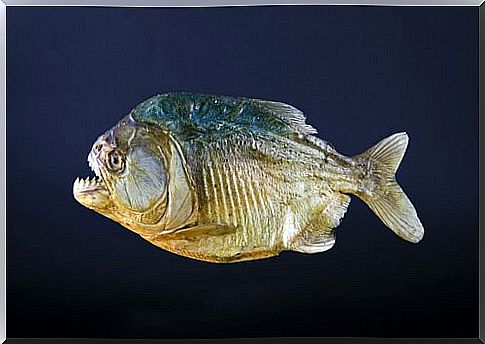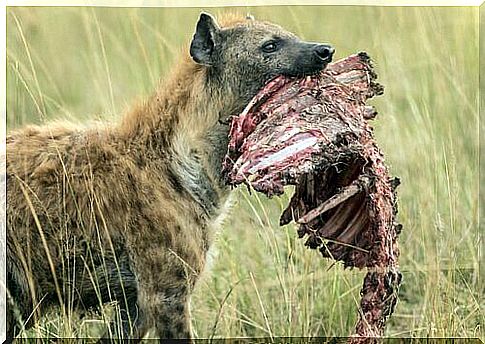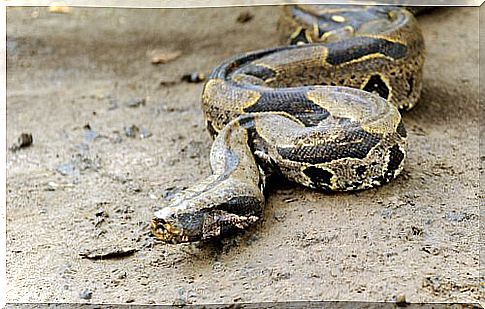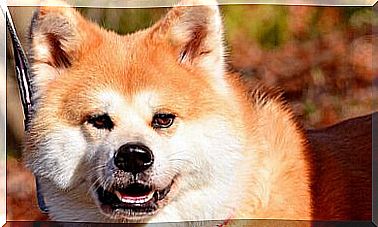5 Most Voracious Animals: Discover Them With Us

When we talk about the most voracious animals, we are referring to those creatures that have the ability to devour a lot of food in a few minutes or animals that can consume much larger quantities of them. In this article we will talk about the most voracious animals , showing you their main characteristics and peculiarities.
What are the most voracious animals in the world?
This list does not include those dog breeds that are usually able to finish a meal in seconds. Rather, we will talk about the wild and exotic species which, for survival instinct, must pounce on their prey as quickly as possible. Are you ready to meet the 5 most voracious animals in the world?
1. Piranha
This carnivorous fish – visible in the photo that opens this article – lives in the waters of South America and is known for its ability to devour prey in a very short time. This is because he has very sharp teeth, is aggressive and has an insatiable appetite when it comes to meat.
In some countries, the piranha is called the “Caribbean” in reference to an indigenous people with cannibal customs.
When they smell blood, piranhas cannot resist the temptation to devour and eat, even if it is a large animal or person.
Therefore, piranha attacks are very common in the Amazon.
2. Vulture
This bird of prey deserves to be included in the list of the most voracious animals. When it finds food, mostly carrion, it fights any rival to defend the meal, even larger carnivores. Like, for example, the hyenas.

Vultures spend many hours perched on a rock or branch, observing everything around them. They can see a dead animal from a great distance and jump on it in the blink of an eye.
It is common to see them circling around a dying or sick individual, waiting for them to die, so they can eat them.
3. Termites
The order of isoptera , which contain termites and moths inside them, are famous all over the world for their voracity and their ability to devour wooden or cotton garments.
These insects feed on cellulose, which they then metabolize in the stomach.

Termites live in tropical forests and savannas and can form underground colonies, in trees or in embankments. The feeding of the termite nest is carried out in the following way: the workers transport the food and deliver it to the rest of the colony, through regurgitation.
4. Hyena
Since we have already mentioned vultures, talking about hyenas is almost a duty, since they too are among the most voracious animals on the planet.
Carcasses, carrion, rotting animals or rotting meat – they never back down from a possible meal.

The hyena is known for its “laugh”, so much so that the sub-Saharan subspecies is called “hyena ridens” ( Crocuta crocuta ). It is a truly macabre verse, with which, on the one hand, it scares competitors for food and, at the same time, warns its pack that it has found enough food for everyone.
5. Boa constrictor
Finally, we could not ignore one of the most voracious animals in terms of size and capable of swallowing, without chewing, any prey.
The boa constrictor is a snake native to Latin America – it lives between Mexico and Argentina – that chooses deserts and savannas to live and that moves both on land and in trees.

As for his hunting strategy, he is somewhat wait-and-see, which makes him a true ambush specialist. It can pass hours without moving, hidden among the leaves, and then swoop down on it and crush the intended victim.
Its thermosensitive scales allow it to detect the presence of animals such as squirrels, mice, birds, lizards or bats.
The size of the food is not a problem for its mouth, as it has the ability to dislocate its jaw to be able to swallow its prey whole, even when it is of very considerable size.
Once the meal is complete, the boa can go weeks without moving while digestion is completed.









